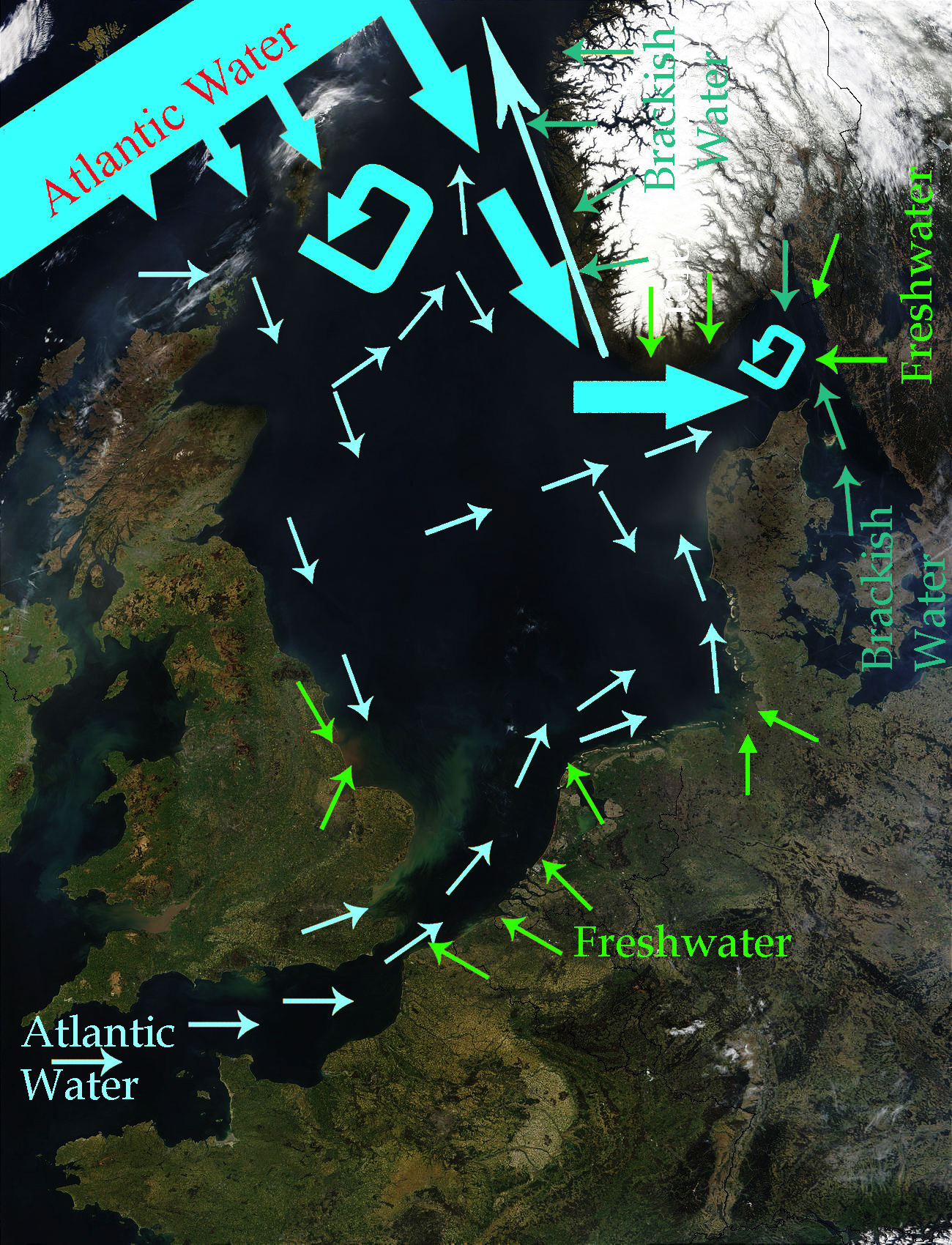|
Corophium Arenarium
''Corophium arenarium'' is a small (up to ) European amphipod crustacean of the family Corophiidae. It looks very similar to '' C. volutator''. It burrows in bottom sediments, between deep. ''Corophium arenarium'' originates from the coasts of France and the North Sea The North Sea lies between Great Britain, Denmark, Norway, Germany, the Netherlands, Belgium, and France. A sea on the European continental shelf, it connects to the Atlantic Ocean through the English Channel in the south and the Norwegian Se .... External links * M.J. de Kluijver & S.S. Ingalsu''Corophium arenarium''Macrobenthos of the North Sea - Crustacea. Marine Species Identification Portal Corophiida Crustaceans described in 1937 {{Amphipod-stub ... [...More Info...] [...Related Items...] OR: [Wikipedia] [Google] [Baidu] [Amazon] |
Amphipod
Amphipoda () is an order of malacostracan crustaceans with no carapace and generally with laterally compressed bodies. Amphipods () range in size from and are mostly detritivores or scavengers. There are more than 10,700 amphipod species currently recognized. They are mostly marine animals, but are found in almost all aquatic environments. Some 2,250 species live in fresh water, and the order also includes the terrestrial sandhoppers such as '' Talitrus saltator'' and '' Arcitalitrus sylvaticus''. Etymology and names The name ''Amphipoda'' comes, via Neo-Latin ', from the Greek roots 'on both/all sides' and 'foot'. This contrasts with the related Isopoda, which have a single kind of thoracic leg. Particularly among anglers, amphipods are known as ''freshwater shrimp'', ''scuds'', or ''sideswimmers''. Description Anatomy The body of an amphipod is divided into 13 segments, which can be grouped into a head, a thorax and an abdomen. The head is fused to the thorax, and ... [...More Info...] [...Related Items...] OR: [Wikipedia] [Google] [Baidu] [Amazon] |
Corophiidae
Corophiidae is a family of amphipods, containing the following genera: *'' Americorophium'' Bousfield & Hoover, 1997 *'' Anonychocheirus'' Moore & Myers, 1983 *'' Apocorophium'' Bousfield & Hoover, 1997 *'' Bathyphotis'' Stephensen, 1944 *'' Chaetocorophium'' (Hurley, 1954) *'' Cheirimedeia'' J. L. Barnard, 1962 *'' Cheiriphotis'' Walker, 1904 *'' Chelicorophium'' Bousfield & Hoover, 1997 *'' Comacho'' *'' Corophium'' Latreille, 1806 *'' Crassicorophium'' Bousfield & Hoover, 1997 *'' Eocorophium'' Bousfield & Hoover, 1997 *'' Goesia'' Boeck, 1871 *'' Hansenella'' Chevreux, 1909 *'' Haplocheira'' Haswell, 1879 *'' Hirayamaia'' Bousfield & Hoover, 1997 *'' Kuphocheira'' K. H. Barnard, 1931 *'' Laticorophium'' Bousfield & Hoover, 1997 *'' Leptocheirus'' Zaddach, 1884 *'' Lobatocorophium'' Bousfield & Hoover, 1997 *'' Medicorophium'' Bousfield & Hoover, 1997 *'' Microcorophium'' Bousfield & Hoover, 1997 *'' Monocorophium'' Bousfield & Hoover, 1997 *'' Neohela'' S. I. Smith, 1881 *''Pa ... [...More Info...] [...Related Items...] OR: [Wikipedia] [Google] [Baidu] [Amazon] |
Corophium Volutator
''Corophium volutator'' is a species of amphipod crustacean in the family Corophiidae. It is found in mudflats of the northern Atlantic Ocean The Atlantic Ocean is the second largest of the world's five borders of the oceans, oceanic divisions, with an area of about . It covers approximately 17% of Earth#Surface, Earth's surface and about 24% of its water surface area. During the .... It is native to the north-east Atlantic Ocean, and has been introduced to the north-west Atlantic. Description ''Corophium volutator'' is a slender animal, up to long, "whitish with brown markings". The head bear two pairs of antennae, the first of which are small and point forwards, while the distinctive second pair are much longer and thicker. Life cycle There are 1–2 generations per year, and the females brood the eggs inside their brood pouch or ''marsupium''. They can occur in huge quantities: up to 60,000 per square metre have been observed. References {{Portal bar, Crustace ... [...More Info...] [...Related Items...] OR: [Wikipedia] [Google] [Baidu] [Amazon] |
North Sea
The North Sea lies between Great Britain, Denmark, Norway, Germany, the Netherlands, Belgium, and France. A sea on the European continental shelf, it connects to the Atlantic Ocean through the English Channel in the south and the Norwegian Sea in the north. It is more than long and wide, covering . It hosts key north European shipping lanes and is a major fishery. The coast is a popular destination for recreation and tourism in bordering countries, and a rich source of energy resources, including wind energy, wind and wave power. The North Sea has featured prominently in geopolitical and military affairs, particularly in Northern Europe, from the Middle Ages to the modern era. It was also important globally through the power northern Europeans projected worldwide during much of the Middle Ages and into the modern era. The North Sea was the centre of the Viking Age, Vikings' rise. The Hanseatic League, the Dutch Golden Age, Dutch Republic, and Kingdom of Great Britain, Brita ... [...More Info...] [...Related Items...] OR: [Wikipedia] [Google] [Baidu] [Amazon] |
Corophiida
Corophiida is an infraorder of amphipods that contains the two parvorders Caprellidira ( skeleton shrimp and whale lice) and Corophiidira. In 2003–2013, this group was treated as a suborder, Corophiidea, which in turn had been re-established to contain the taxa previously treated as the suborder Caprellidea, together with some families formerly placed in the suborder Gammaridea. More recently, the group was made part of the new suborder Senticaudata.Lowry, J.K. & Myers, A.A. (2013A Phylogeny and Classification of the Senticaudata subord. nov. (Crustacea: Amphipoda) Zootaxa ''Zootaxa'' is a peer-reviewed scientific mega journal for animal taxonomists. It is published by Magnolia Press (Auckland, New Zealand). The journal was established by Zhi-Qiang Zhang in 2001 and new issues are published multiple times a week ... 3610 (1): 1-80. References External links * arthropod infraorders {{Amphipod-stub ... [...More Info...] [...Related Items...] OR: [Wikipedia] [Google] [Baidu] [Amazon] |
